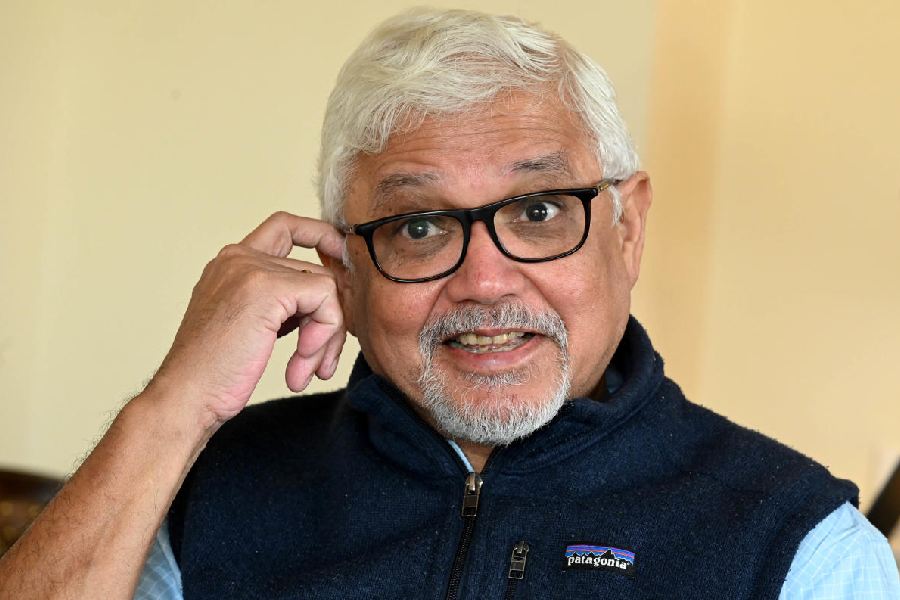It was a chilly morning in Amsterdam. As I waited for my turn to start my first marathon, thousands of polyester-clad runners stretched ahead of me. Discarded warm clothing hung from every railing. The sheer scale of it all forced me to revisit an assumption I had carried for 26 months: that endurance running had a negligible environmental footprint.
I had taken up running in August 2023, attracted by the idea that this form of exercise required no infrastructure and left minimal environmental impact. It took me three 10-kilometre runs, two half marathons, one 25-kilometre run, and hundreds of kilometres of practice to reach this moment. Now, standing among 60,000 runners from 140 countries, I was not so sure anymore.
An endurance runner needs several sets of special clothing to avoid abrasion and for wicking sweat. These clothes are not made of natural fibre but recyclable clothing materials; some are made of 100% recycled polyester. Peer into the closet of a runner and you will find a minimum of four pairs of running shoes in various states of wear. To protect the runner from repetitive stress injury, running shoes require replacement every few months. Continuous running over long distances requires periodic hydration, energy gels and chewables that come in non-biodegradable packaging. All of these supplies travel long distances across the planet to reach the runner. Transportation of these goods adds to the footprint of the runner. All the additional running clothes add to the weekly laundry load, consuming additional energy and water. After each running session, runners require extended hot showers.
An article that estimated the carbon footprint of marathon runners over a year found that the largest contribution is from “intrants”, a category of goods and services that runners use during training and racing; mainly additional food and gadgets like sports watches. The second item is energy, mainly composed of additional showers and laundry. This holds, provided the runner is participating locally and travelling not more than 1,000 kilometres for a round trip using train/bus. If the runner participates internationally, travel is the largest contributor. For a French marathoner, participation in the New York City Marathon shoots up the already large carbon footprint (annual average of 8.2 tCO2e) by 34%. In my case, the spike would be much higher given the lower base for an average Indian (annual average of 2.05 tCO2e).
International participation in city marathons is booming. In the years leading up to the Covid-19 pandemic, participation in major city marathons grew steadily. Female finishers in the New York City Marathon increased by over 21% between 2014 and 2024. After races were temporarily cancelled or reduced in 2020 and 2021, the running community has seen a strong post-pandemic rebound, with participation levels surpassing pre-pandemic records. Last year, at the Amsterdam Marathon, no less than 65% of the participants came from abroad, with over 130 different nationalities represented at the starting line. While I am a proud finisher, I am bothered by my impact on planetary resources and trying to justify my participation to myself.
Before my travel to the Netherlands, I had set three goals for the trip. One, revisit my alma mater with my friend who had given me a campus tour a quarter century ago, essentially walk down memory lane. Two, meet my teachers there, and three, run and finish the Amsterdam Marathon. Spread over these three goals, my footprint seems less jarring. Meeting the goals mattered deeply to me, and that is precisely the problem. We are all trying to justify our footprints and, therefore, are collectively unable to address the climate and other environmental challenges.
Our aspirations and their attainment make us human, but the state of the planet is such that attainment of aspirations is coming at a great cost. Over time, the cost might be so acute that fewer and fewer aspirations may be pursued and met. There might even be laws against pursuing certain aspirations that are currently considered legitimate and legal. Which aspirations would you be willing to surrender?
Anamitra Danda is an environmentalist. Views are personal










